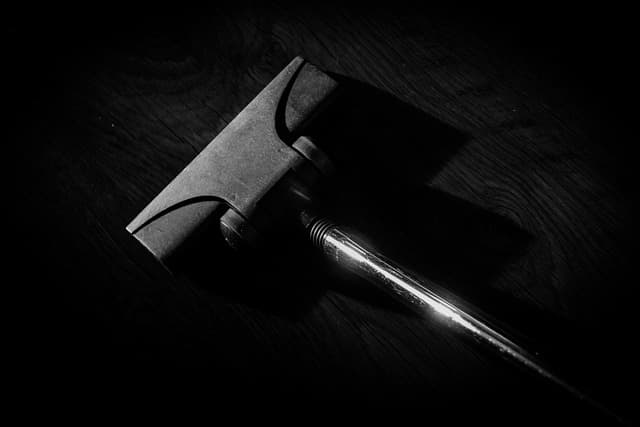Vacuum cleaners are invaluable tools for maintaining a clean and tidy living space. But to ensure they work at their best, it’s essential to regularly clean the attachments.
Clean attachments not only improve the vacuum’s efficiency but also contribute to a healthier environment.
In this guide, we’ll walk you through the steps to clean vacuum cleaner attachments effectively.
Let’s begin.
Gathering Supplies
Before you dive into cleaning your vacuum attachments, make sure you have the necessary supplies on hand. You’ll need mild dish soap, warm water, a soft-bristle brush, a microfiber cloth, and a towel for drying.
Preparation
Safety comes first. Always turn off and unplug your vacuum cleaner before cleaning any attachments. This prevents accidental starts and keeps you safe throughout the process.
Detaching Attachments
Different vacuum models have various attachments. Refer to your vacuum’s manual to understand how to safely detach them. Typically, you’ll find attachments for crevices, upholstery, and brushes.
Removing Loose Debris
Start by removing loose dirt, hair, and debris from the attachments. Use your hands or a soft brush to gently dislodge and discard the debris into a trash bin.
Cleaning with Soap and Water
For most attachments, a simple solution of mild soap and warm water works wonders. Mix a small amount of dish soap with water and dip a microfiber cloth into the solution. Wring out excess water and gently wipe down the attachments.
Dealing with Stubborn Stains
For stubborn stains or residue, dampen a cloth with the soap solution and gently scrub the affected areas. Avoid using abrasive materials that could scratch the attachments.
Drying the Attachments
After cleaning, use a dry, clean towel to pat the attachments dry. It’s crucial to ensure they are completely dry before reattaching them to the vacuum cleaner to prevent mold and mildew growth.
Cleaning Filters and Brushes
Filters and brush rollers are critical components for effective cleaning. Check your vacuum’s manual for guidance on how to remove and clean them properly. Typically, filters can be rinsed with water and left to air dry, while brush rollers can be manually cleaned.
Cleaning Hose and Nozzles
Use a long, flexible brush or a pipe cleaner to clean the vacuum hose and narrow nozzles. Push the brush through the hose and nozzles to dislodge dirt and debris, then vacuum it up.
Maintaining Suction Power
Regularly cleaning attachments and filters is key to maintaining your vacuum’s suction power. A clean vacuum works more efficiently and ensures that dirt is effectively collected.
Disinfecting Attachments
Especially during cold and flu seasons, it’s essential to disinfect your vacuum attachments. After cleaning, wipe them down with a disinfectant solution to eliminate germs and bacteria.
Storing Clean Attachments
To prevent attachments from getting dirty quickly, store them in a clean, dry area. If possible, hang them up to keep them off the ground and away from dust and debris.
Regular Cleaning Schedule
Incorporate cleaning your vacuum attachments into your regular cleaning routine. A monthly deep cleaning and a quick wipe-down after each use can make a significant difference in your vacuum’s performance.
Conclusion:
Clean vacuum attachments are the unsung heroes behind a spotless home.
By following these simple steps, you can ensure your vacuum cleaner remains in tip-top condition, providing you with the best cleaning results and a healthier living environment for you and your family.
Are you looking for more tips? Read How to Clean a Spin Mop Bucket.
FAQs:
- How often should I clean my vacuum attachments? Regular cleaning is recommended, with a deep clean every month and a quick wipe-down after each use.
- Can I use regular cleaning products on attachments? Stick to mild dish soap and water to avoid damaging the attachments.
- What should I do if my attachments have a lingering odor? Wipe them down with a cloth dampened with a mixture of water and vinegar.
- Is it necessary to clean the vacuum filters too? Yes, clean filters ensure optimal suction and prevent debris from recirculating into the air.
- Can I wash brush rollers with water? It’s best to manually remove debris from brush rollers and avoid submerging them in water.
References:
https://www.maidpro.com/blog/vacuum-attachments
Image by Michal Jarmoluk from Pixabay

